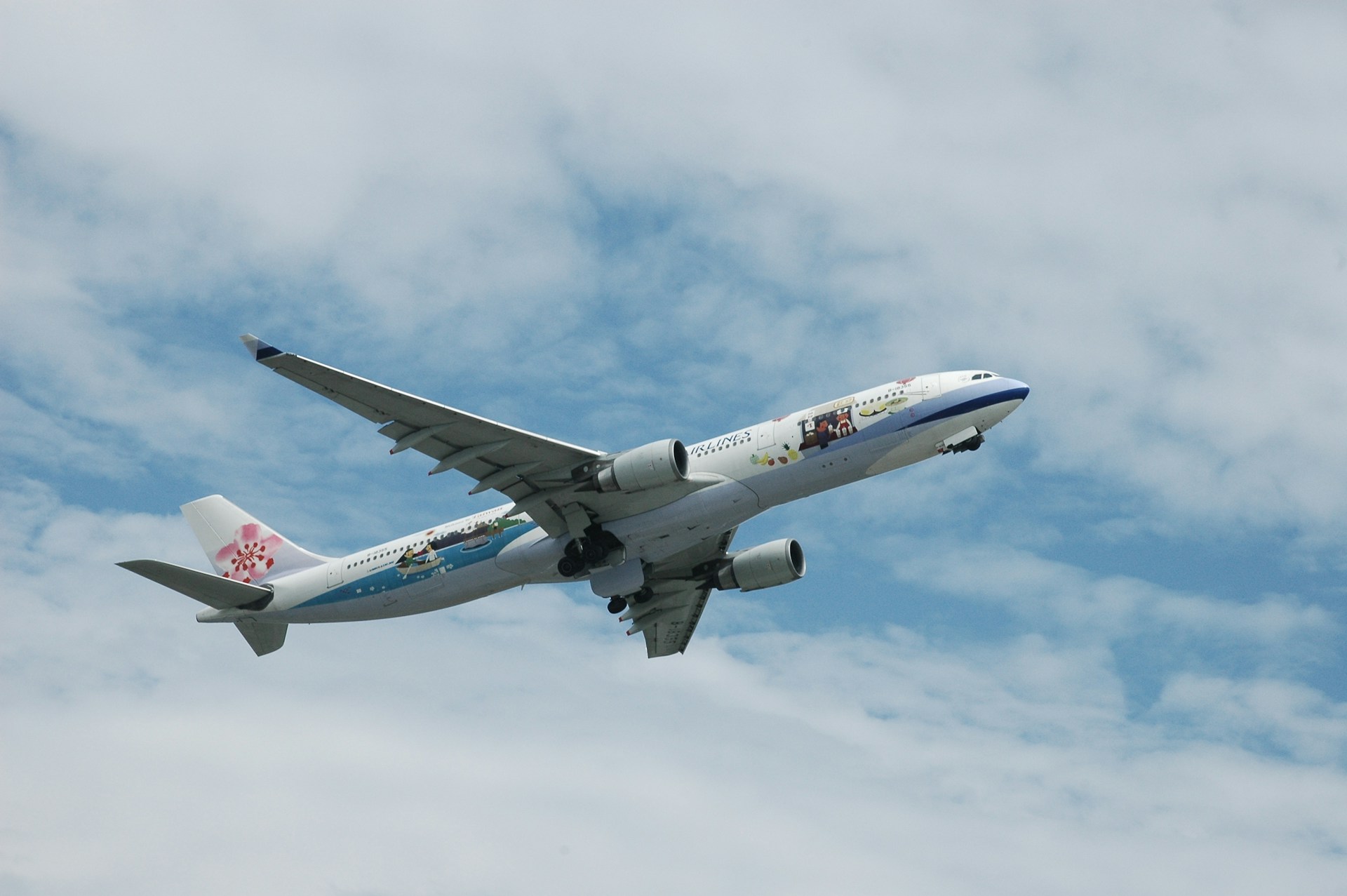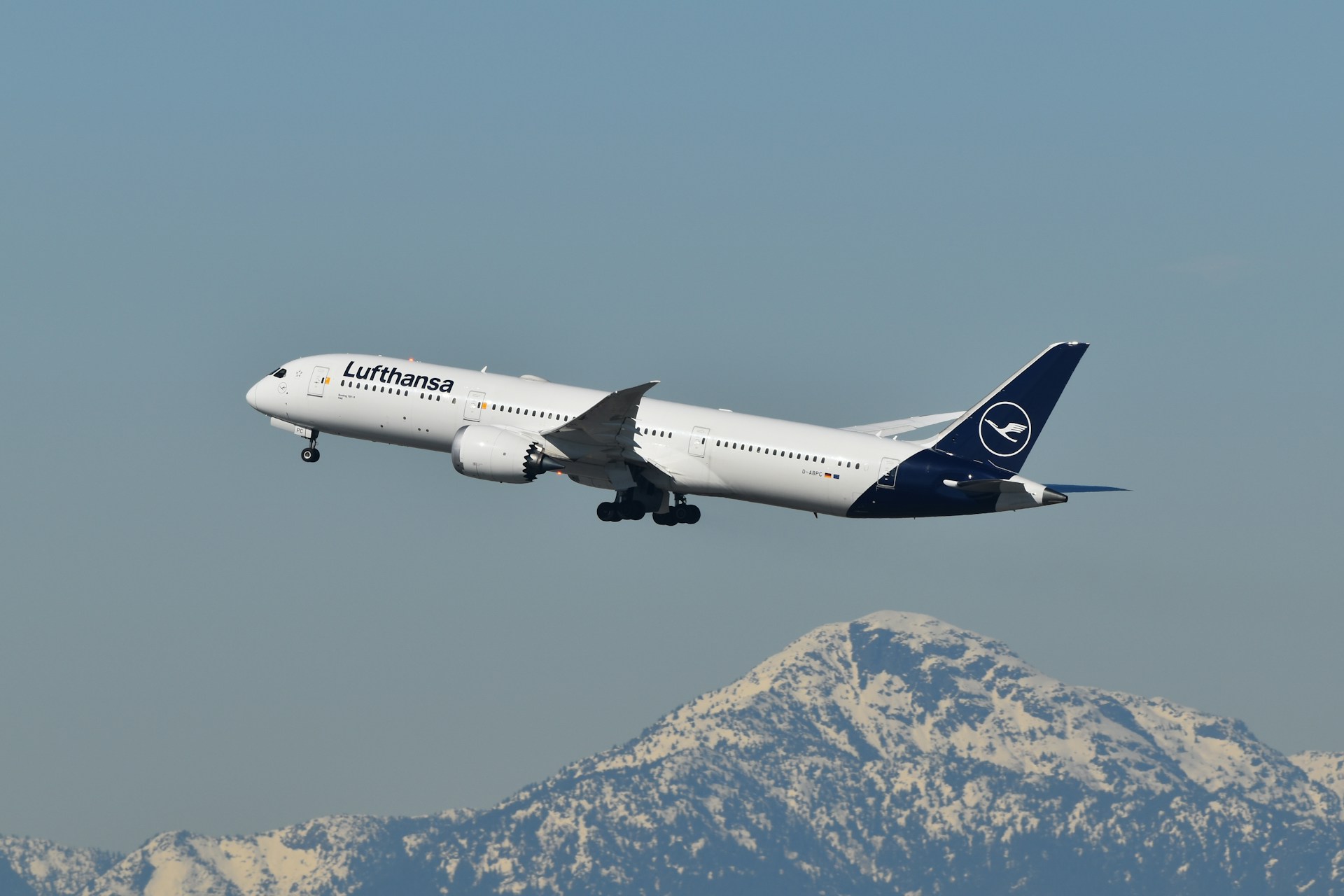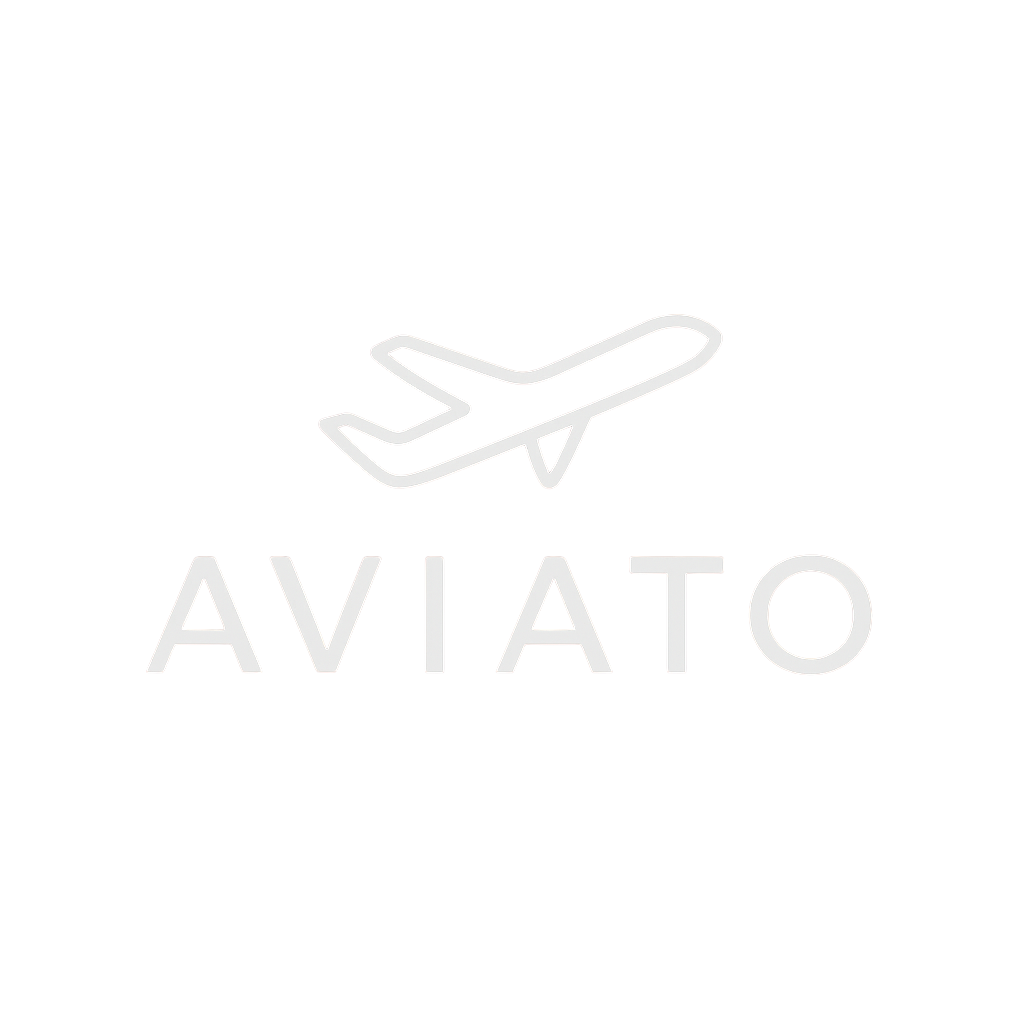Chinese Airlines Pay Russia $22 Million Annually for Amsterdam Routes
Key Takeaways
- Chinese airlines collectively pay about $22 million annually to Russia in air traffic control fees for Amsterdam services.
- Russian airspace remains vital for efficient Asia–Europe connectivity, despite ongoing geopolitical tensions.
- These payments provide steady revenue for Russia while allowing Chinese carriers to avoid longer, costlier alternative routes.
- The arrangement reflects how aviation economics often outweigh political disputes, particularly in long-haul operations.
- Chinese carriers see these fees as a necessary cost of competitiveness, maintaining schedules and fares against rivals.
- The case highlights broader challenges in global aviation’s balance between geopolitics and operational efficiency.
Airspace Economics: The Reality of Route Efficiency
Chinese airlines continue to rely on Russian airspace for direct flights to Amsterdam, a decision that results in an estimated $22 million in annual air traffic control payments to Moscow. Despite strained relations between Russia and Western nations, this financial flow underscores how geography dictates aviation economics.
Flying over Russia remains the most efficient route from China to Europe, saving several hours of flight time and significant amounts of fuel compared to southern detours through Central Asia and the Middle East. For airlines operating on thin profit margins, such efficiency directly translates into improved financial performance.
Strategic Significance for Chinese Carriers
For Chinese carriers serving Amsterdam, Russian airspace is not optional—it’s a strategic necessity. Without it, flight times would extend, costs would rise, and schedules would become less competitive compared to rivals who retain Russian access.
The $22 million annual figure likely reflects payments across multiple carriers, each operating frequent China–Europe flights. This volume demonstrates that despite economic headwinds, demand for China–Netherlands connectivity remains robust.
Aviation vs. Geopolitics
The continuation of these payments highlights how aviation often transcends political divisions. While most Western airlines have suspended use of Russian skies due to sanctions and safety concerns, Chinese carriers maintain overflight access.
This dual-track approach creates an economic advantage for Asian airlines, while simultaneously ensuring Russia benefits from an important revenue stream in an otherwise sanction-hit economy. It illustrates the complex reality of aviation, where operational practicality frequently overrides diplomatic friction.
Competitive Advantage and Market Dynamics
By maintaining Russian routing, Chinese carriers enjoy lower fuel costs, shorter journey times, and greater schedule reliability compared to Western competitors who must take longer routes. This allows them to price tickets more competitively and capture market share in Europe–Asia travel flows.
The economic advantage extends beyond the $22 million in fees. Shorter flights mean higher aircraft utilization and more efficient crew scheduling, both of which enhance profitability and efficiency in long-haul operations.
Looking Ahead: Risks and Opportunities
The durability of this arrangement depends on evolving sanctions regimes, international aviation rules, and geopolitical shifts. Chinese carriers must balance the tangible benefits of Russian airspace access with potential reputational and regulatory risks.
Industry analysts suggest that unless geopolitical restrictions tighten further, Chinese airlines will likely continue to view Russian overflight fees as a worthwhile cost of doing business. However, if sanctions expand or technological alternatives emerge, the economics of this reliance could shift.
FAQs
Why are Chinese airlines paying Russia for Amsterdam flights?
Because they use Russian airspace for the most direct and fuel-efficient routes. Overflight fees are standard in global aviation, paid to the country whose skies are crossed.
How much do Chinese carriers pay annually?
Collectively, around $22 million in fees specific to Amsterdam routes.
Why not avoid Russian skies?
Detouring adds several hours of flight time and fuel consumption, significantly increasing operational costs.
Do other Asian airlines pay Russia for Europe access?
Yes. Many Asian carriers continue using Russian airspace for European flights, though Western airlines generally avoid it due to sanctions.
Could sanctions eventually stop this practice?
Potentially. Current sanctions mainly affect Western carriers, but expanded rules could impact Chinese airlines in the future.
What competitive advantage does this give Chinese airlines?
They maintain shorter flight times, lower costs, and more attractive schedules, providing a strong market advantage over airlines forced to reroute.
✈️ Bottom Line:
Chinese airlines’ payments to Russia highlight a central truth of aviation: in a globalized industry where margins are tight, route efficiency often trumps politics. As long as Russian skies remain open to them, Chinese carriers will continue to pay—and profit.
.zip%20-%201.PNG)



